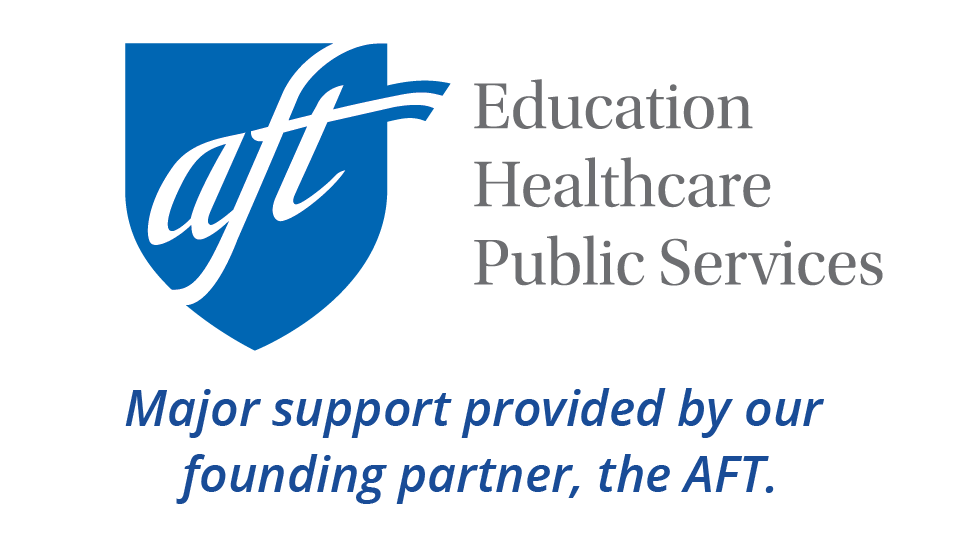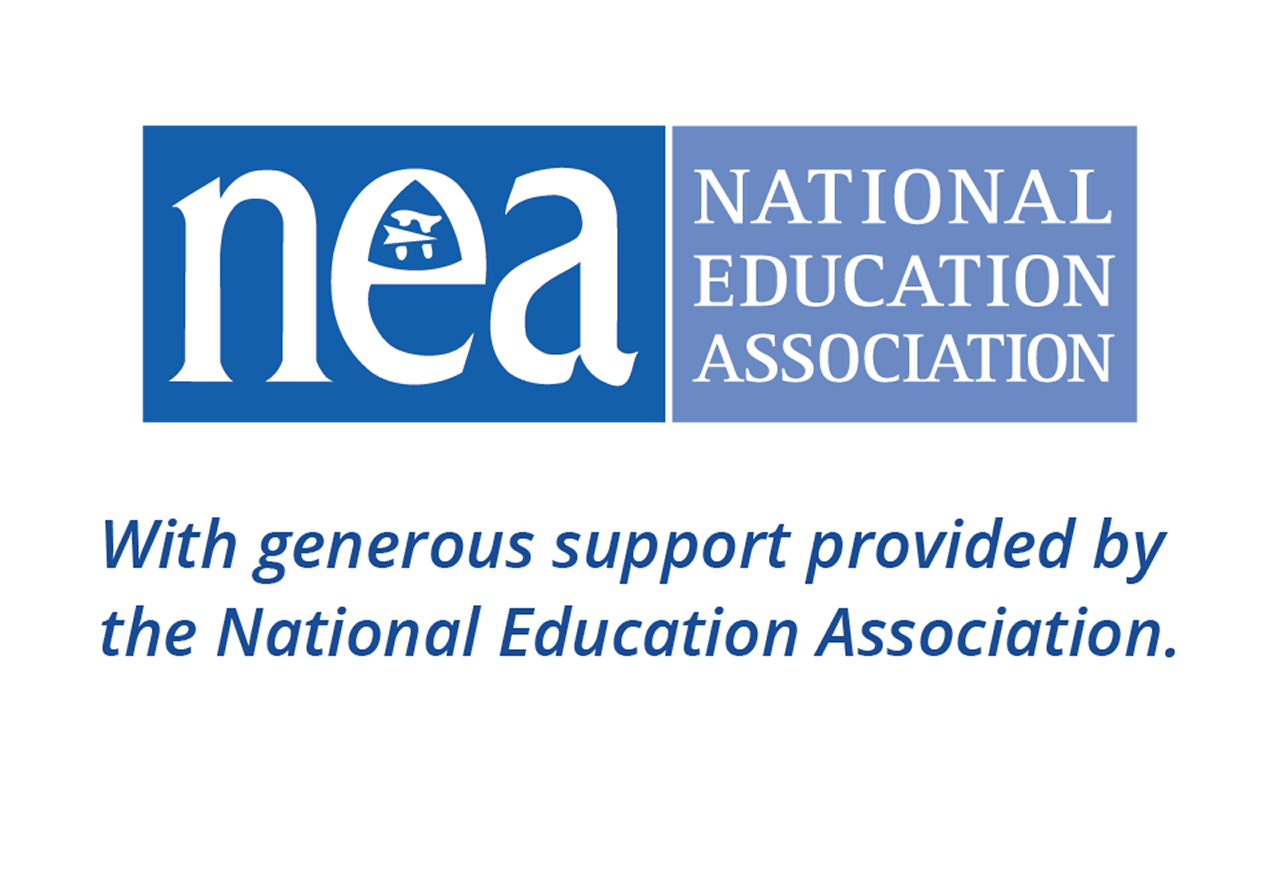School-wide Support for ELLs

Just as it takes a village to raise a child, it takes an entire school community to help English language learners (ELLs) succeed. These resource sections offer guidance on the necessary elements and feature a number of related videos, guides, and tip sheets. Additional ideas are available in our By Audience section.
Educational Services for Immigrant Children: What Schools Need to Know
For an overview of educational services for immigrant children, including FAQs, enrollment guidelines, and related policies, see this fact sheet from the U.S. Department of Education (also available in Spanish).
For additional guidance on the laws and regulations relating to ELLs, see our Policy & Research section.
What You'll Find in This Section
The following resources highlight many different aspects of social and emotional learning (SEL) and supports for English language learners (ELLs) and immigrant students. This section also includes articles and video projects that highlight how schools around the country are supporting SEL in diverse communities.
All students have a right to a public K-12 education regardless of immigration status. Learn more about registration and enrollment policies for ELLs and immigrant students in U.S. public schools from the following resources.
Photo credit: Becoming Bilingual (PBS Launching Young Readers).
School Registration: ELLs and Immigrant Students
Bilingual and dual-language education programs are becoming more common throughout the country. Learn about bilingual and dual-language instruction and policy, considerations for special education, and tips for parents on raising bilingual children!
Photo credit: Courtesy of Allison Shelley/The Verbatim Agency for American Education: Images of Teachers and Students in Action.
For English language learners (ELLs), the challenges of going to and applying to college can be overwhelming. ELL teachers can play an important role, however, by helping students prepare for and navigate the application process. This section features a number of articles with great ideas for ways that ELL educators can support their students as they consider their future plans.
Choosing the right program for your English language learners (ELLs) will depend on a number of factors that vary by school, district, and state, such as the number of ELLs you have and their educational background. Here are some resources to help you get started, and we encourage you to look at other program models and resources as you evaluate or choose your instructional programs.
During the school year, there are a number of events that help build the foundation for partnerships with families of English language learners (ELLs). Take a look at these ideas for engaging families throughout the year, with special tips about reaching out to families in their home languages.
This section addresses the critical questions of how to properly assess and place English language learners (ELLs) at the school-wide and classroom level.
Assessment for English Language Learners
Meeting the diverse needs of English language learners can be challenging for schools, particularly with limited resources, but across the country, educators are finding creative and affordable ways to address those needs through innovative scheduling, partnerships, and outreach. Take a look at some of the ideas and resources highlighted in our resource section!
Special Education and English Language Learners
Learn more about how schools and families can collaborate to ensure that ELLs, including those with special needs, have the appropriate support and services to meet their unique needs.
Learn how you can help English language learners (ELLs) and their families feel welcome at the school library with these ideas! Visit our Books and Authors section for book recommendations, as well as our Multicultural Literature section for additional ideas.
School Libraries & ELLs
The first step in building a partnership with the families of English language learners (ELLs) is to make sure that they feel welcome at their child's school. This resource section includes ideas that all members of the school community can try!
ELL Family Outreach
Administrators play a crucial role in creating an environment in which ELLs can succeed. This section offers school leaders — particularly those with growing ELL populations — ideas and strategies to make that happen. Resources include articles, recommended reports, professional books, and expert interviews.
We encourage you to share these resources with colleagues and use them for professional development activities.
Administrators: ELL Resources
Paraprofessionals who work alongside ELLs may do so in a variety of settings with a variety of roles. Whatever the case may be, there are some tips that will help paraprofessionals succeed in supporting ELLs.
Paraprofessionals
How can schools best support English language learners (ELLs) and immigrant students through the COVID-19 pandemic? What lessons have we learned so far? This section includes information on distance learning for ELLs, communicating and partnering with families, and social-emotional supports for ELLs and immigrant students.



















